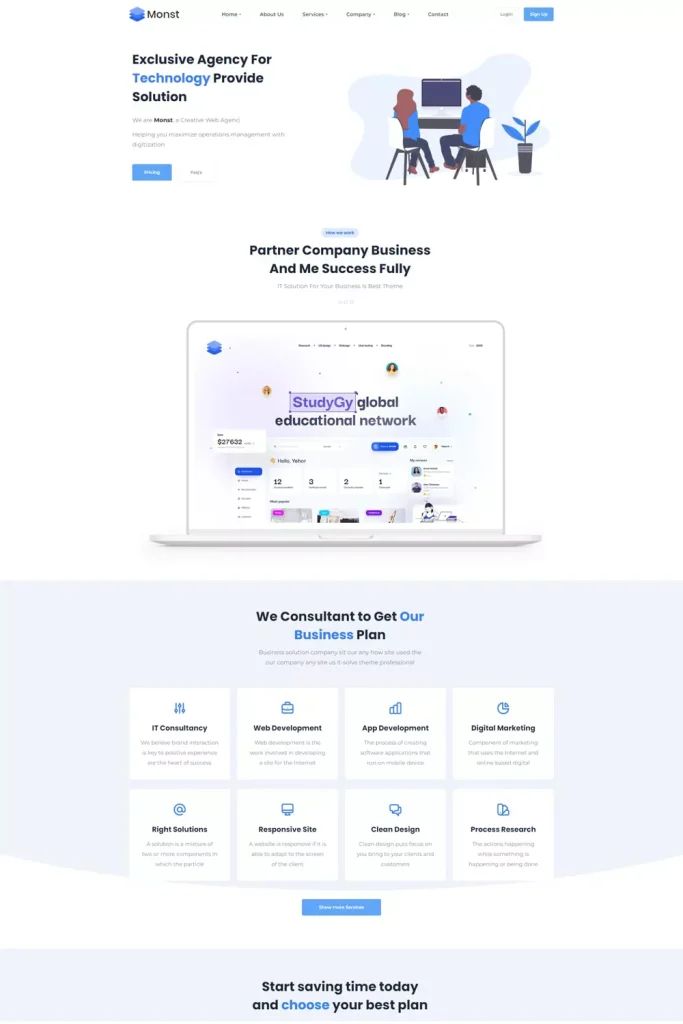AI Definitions for Business Users

Author: ChatBar AI Business
Published Date: May 2, 2025
AI Definitions Glossary (A–Z)
This glossary provides easy-to-understand AI definitions to help business users navigate key terms and tools shaping today’s digital transformation.
AI Agent
AI Agent is a type of Artificial Intelligence that is able to understand a user’s needs, solve problems, and take the initiative, all with limited human guidance. In many AI definitions, this term describes a self-directed system that operates with minimal human intervention.
AI Copilot
AI Copilot is an AI assistant that helps you work better by suggesting ideas, offering help, or even doing tasks. It works with you to help you work smarter. Among modern AI definitions, the AI Copilot is recognized as a practical productivity enhancer in the workplace.
API (Application Programming Interface)
API acts as a bridge between different systems so they can talk, share data, and work together. It’s a common concept referenced in many AI definitions because APIs power seamless integration between AI platforms and business systems.
Automated Blogging and Social Media
These are AI tools that write and improve content for blogs, websites, social media, and more. These can be full posts, marketing emails, or promotional campaigns. In the context of AI definitions, automation in content creation is vital for marketing efficiency.
Chatbot
A Chatbot is a digital assistant that talks to customers, often in a chat window. They can answer questions, help with simple tasks, and provide support 24/7. This saves businesses time and improves customer service. As seen in various AI definitions, chatbots are core components of customer experience strategies.
Data Analysis
Data Analysis quickly assesses huge amounts of information to find patterns, trends, and make predictions. This helps businesses make smarter decisions. Many AI definitions identify this as a foundational capability for business intelligence.
Effective Business Intelligence
Effective Business Intelligence is an AI tool that turns complex data into useful insights. It can predict customer behaviour, spot market opportunities, and highlight risks. This helps businesses plan better and understand customers. Among the most valuable AI definitions, this concept drives decision-making with actionable insights.
Embeddings
Embeddings turn words, images, or data into numbers, which helps AI understand meanings and find connections more easily. Searches become smarter, chats are more accurate, and customer recommendations are more relevant. In advanced AI definitions, embeddings are key to semantic understanding and retrieval.
Generative AI (GenAI)
GenAI creates content like product ideas, emails, blogs, and ads by learning from the data it is given. It can personalise customer experiences, speed up content creation, and boost marketing results. In today’s AI definitions, GenAI is central to innovation and automation strategies.
GPT (Generative Pre-trained Transformer)
GPT is a type of AI model that can understand and generate natural text in response to human prompts. It can assist with content creation, chatbots, and customer support. Within modern AI definitions, GPT is one of the most transformative technologies enabling natural language processing.
Latency
Latency is the time it takes for AI to reply to queries. Low latency = fast response. It’s a technical term that appears frequently in real-time AI definitions for performance evaluation.
LLM (Large Language Model)
A Large Language Model is AI trained on huge amounts of text to understand and create human-like language. It can quickly answer questions, write emails, summarise content, and much more. LLMs dominate many advanced AI definitions due to their wide application in enterprise tools.
Model
A Model is an AI system trained to complete specific tasks, like answering customer questions, suggesting products, or automating services. It is one of the core AI definitions business users must understand when evaluating AI capabilities.
Multimodal AI
Multimodal AI combines text, images, audio, and video to understand information better and make more accurate decisions. It fills in gaps and handles complex situations, leading to smarter and more helpful results. This term frequently appears in cutting-edge AI definitions for its ability to enhance context-aware systems.
MCP (Multi-Channel Processing)
Multi-Channel Processing (MCP) allows AI to manage input and output across multiple communication channels (e.g., text, voice, email, chat) simultaneously. Businesses can provide fast, consistent support across chat, email, voice, and social platforms by uniting messages and automating responses in one system.
Business value: Enables seamless customer experience across platforms, boosts efficiency in contact centers, and supports omnichannel engagement strategies. MCP is becoming an essential part of operational AI definitions for customer service.
Recommendation Engine
A Recommendation Engine is an AI system that suggests things (like products or videos) based on what someone has liked, viewed, or bought before. It is one of the most widely known AI definitions applied in ecommerce, streaming, and personalization.
Retrieval-Augmented Generation (RAG)
Retrieval-Augmented Generation (RAG) is an intelligent and easy way for AI to stay up to date. It accesses the latest information before responding, so answers are always current and accurate. This technique is increasingly included in advanced AI definitions for its role in boosting content accuracy.
Sentiment Analysis
Sentiment Analysis can understand the mood or emotion behind text. For example: sentiment analysis can decide if a review or comment is happy, angry, or neutral. This then shows how customers feel, so businesses can fix problems, protect their brand, and make better decisions. Most AI definitions related to customer feedback include sentiment analysis as a critical tool.
Token
A small unit of text (like a word or part of a word) that AI models use to break down and understand language. The number of tokens affects response size and cost. This technical term often appears in developer-focused AI definitions.
Vector Embedding
Vector embedding turns words, images, or data into numbers, which helps AI quickly find, compare, and connect the right information. This makes searches, recommendations, and customer support faster and more accurate. As one of the more technical AI definitions, vector embedding underpins many real-time AI systems.











